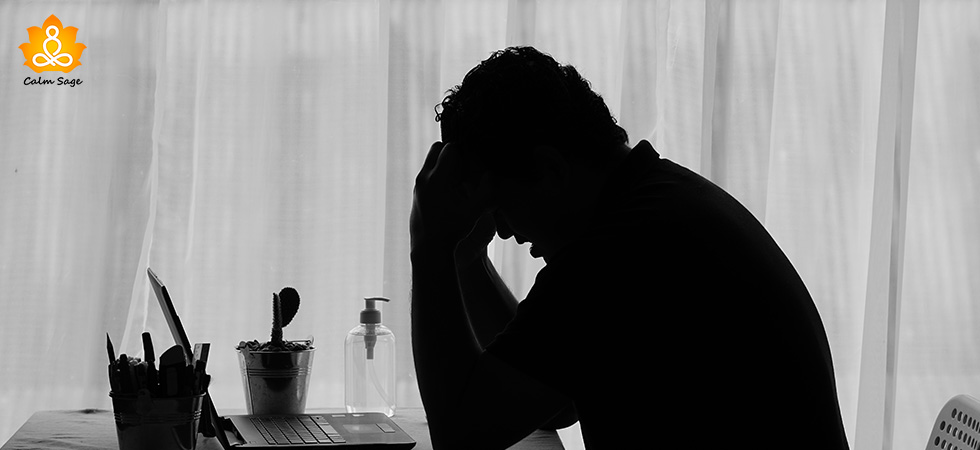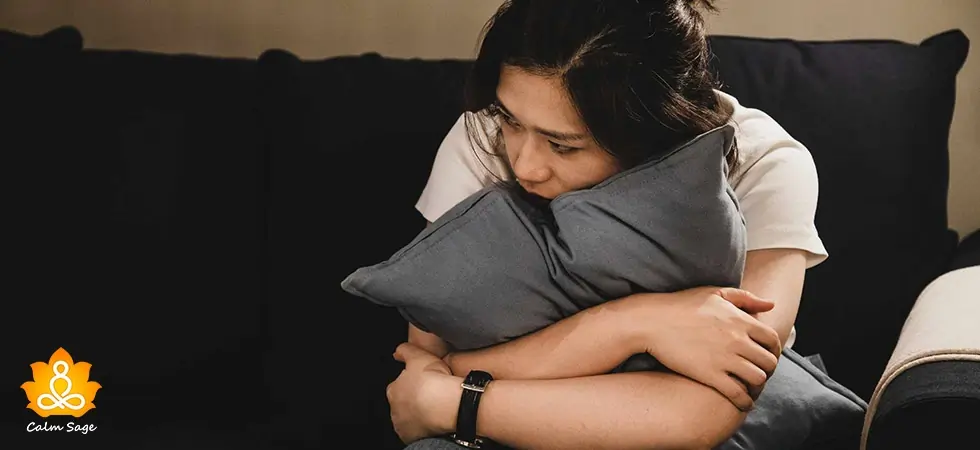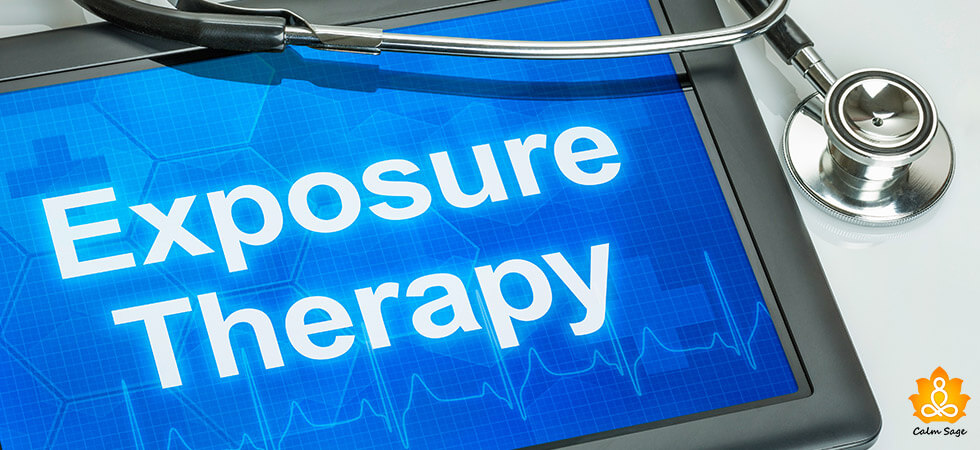The Hidden Aftermath: Understanding Residual Symptoms of PTSD

The worst part about grief is that it hits you when you least expect it. I can say from experience that when that happens, the aftermath is not pretty. Grief is one thing though, but it doesn’t mean that trauma is any different. The aftermath of trauma also doesn’t come quietly and when the post-trauma stress hits, it can leave in its wake nothing but distress.
That’s what residual symptoms do. When you begin to heal and are finally on that road to recovery, trauma or what’s left of it will hit, and you’ll feel like you’re back to square one – facing the traumatic event as if it happened yesterday. While PTSD is in itself a complex condition, the residual symptoms of PTSD can make it more complex.
Post-traumatic stress disorder (PTSD) symptoms aren’t easy to heal from. PTSD is not easy to live with and like any other recovery process, recovering from PTSD is a gradual process. This is the reason why many people suddenly find themselves experiencing the residual symptoms of PTSD even after the treatment ends.
Recovering and healing from PTSD is not easy but you’re not alone. Even if it is about coping with the aftermath of trauma treatment.
If you are experiencing challenges in your recovery, then know that you’re not alone and that you have ways to cope with these symptoms of PTSD (residual or active). We’ll be discussing some of those coping tips, so keep reading!
What Are Residual Symptoms?

There might not be a lot of research and studies on residual symptoms of PTSD as most of the studies focus on active symptoms of PTSD and their treatment techniques. However, this doesn’t mean that residual symptoms are a myth.
Residual symptoms are different from PTSD active symptoms. The active symptoms of PTSD can include flashbacks, nightmares, and intrusive (and disturbing) thoughts about the trauma.
Residual symptoms are gradual but are as distressing as the active symptoms of PTSD. The only difference is that residual symptoms of PTSD occur after the treatment for the disorder concludes. Sometimes, it may take days, weeks, or even months for these symptoms to occur.
Because of their gradual appearance, they can create a feeling of confusion as they blur the lines between “active” treatment and the “recovery” phase.
Residual Symptoms of PTSD
Residual symptoms of PTSD can last longer than a few weeks – they can span months and years – after the treatment for the condition is well over and concluded. If you suspect that you’re experiencing the residual symptoms of PTSD, then here are some of the common ones that you can watch out for;
- Anger
- Anxiety
- Depression
- Detachment
- Guilt
- Sleep disturbances (insomnia, nightmares, etc.)
In a study, it was found that 57% of veterans reported experiencing insomnia while 13% reported experiencing nightmares post-treatment.
Other common hyperarousal symptoms that can be hard to overcome can include;
- Feeling irritable
- Feeling “on edge”
- Trouble focusing
- Heightened state of response
- Angry outbursts
The occurrence, severity, and type of residual symptoms of trauma and PTSD can also vary depending on the trauma experienced. For example, women with sexual trauma may experience residual symptoms such as detachment, sleep issues, guilt, and depression. Others with sleep-related trauma might experience residual symptoms more than those with childhood abuse.
If PTSD residual symptoms are left unaddressed and untreated, they can cause a PTSD relapse. So, if you’re experiencing residual symptoms of PTSD or trauma, reach out to your trauma therapist and seek immediate assistance.
Why Do These Residual Symptoms Appear?

When you experience PTSD flashbacks, the limbic system triggers the fight-flight-freeze response and a rush of stress hormones such as adrenaline and cortisol are released. These hormones prepare the body to either fight the danger it perceives or flee the scene of the threat. When this happens, your body goes into a state of hyper-alertness.
A constant state of hyper-alertness can have long-lasting effects and can cause changes in the brain. Some of those changes include trouble with emotional regulation, processing information, concentrating, and memory issues.
Residual symptoms of PTSD occur because you’re suddenly hit with either the reminder or the memory of the trauma. This sudden flashback (post-treatment) can kick your mind into immediate action and trigger the fight-flight-freeze response, starting a cycle.
Am I at Risk of Experiencing Residual Symptoms of PTSD?
Well, not everyone is at risk of experiencing residual symptoms of PTSD. However, certain situations can put you at high risk. Some of those factors may include;
- Joining military service
- Working in a high-stress environment
- Lack of social support
- Substance use or alcohol use
- Quitting treatment before it’s over
If you work in situations where you are likely to encounter traumatic events such as firefighting, emergency responders, police force, etc., then you may also be at a higher risk of developing and experiencing residual symptoms of trauma and PTSD.
Treatment Options for PTSD Residual Symptoms
Various studies have shown that cognitive-behavioral therapy or CBT is an effective treatment technique when it comes to treating residual symptoms of PTSD. If CBT wasn’t your original treatment approach, then don’t worry. It can work well with residual symptoms such as insomnia and negative thoughts and feelings.
Along with CBT for PTSD, other treatment approaches can be used to treat residual symptoms of trauma and post-trauma stress such as;
- Cognitive Processing Therapy (CPT)
- Prolonged Exposure Therapy
- Eye Movement Desensitization, and Reprocessing Therapy (EMDR)
Other than talk therapy, your trauma therapist may prescribe certain medications to ease the symptoms. However, there is limited research on how medications can impact residual symptoms of PTSD.
Just like you’re unique, your symptoms and even treatment may be unique as well. Just because certain treatments work with others, does not mean they’ll work on you, just like what works on you might not suit others.
How to Cope With Residual Symptoms?

To cope with PTSD residual symptoms on your own, you can try these ways;
- Talk to your loved one about your symptoms and what you’re experiencing. Talking to a loved one may help you ease some of the burden from your shoulders.
- Make sure you’re eating a healthy diet. Some foods can mess with your system and worsen the symptoms such as processed foods.
- Try to spend time in nature. Make sure you get at least an hour a day just to spend time with nature and its soothing properties.
- Also, try to get an exercise routine in your daily habits. Some kinds of exercise – even yoga, tai chi, or other gentle movement exercises can be good for you and help you release stress and ease your residual symptoms.
- Try to get in some quiet meditation and mindfulness in your routine. Practicing these techniques can help you focus on the present and ground you.
- Avoid indulging in alcohol or other recreational substances. Excessive drinking and substance use can worsen your symptoms.
- Improve your sleep schedule and hygiene. Having a healthy sleep routine can help you relax and calm your body and mind.
What Next?
Living with PTSD is not easy and can take an emotional toll on your mind and health, but you need to remember that you’re not alone in your healing journey. If your residual symptoms of PTSD and trauma are interfering with your life and causing you unneeded distress, then talk to your therapist about it.
With simple changes in your lifestyle and talking to a professional, PTSD residual symptoms can be eased. If you feel the need to join a support group or connect with a professional who specializes in treating PTSD, you can reach out to;
- Anxiety and Depression Association of America (ADAA)
- National Institute of Mental Health (NIMH)
- PTSD Alliance
- The Mighty
Residual symptoms can be confusing and distressing, but isn’t how recovery can be sometimes? Even if the journey is complicated, you can make it easy by asking for help, being self-compassionate, and keep learning more about PTSD.
I hope this article helped. Let me know what you think about residual symptoms and their effects in the comments below.
P.S. June is National PTSD Awareness Month and Calm Sage is working one step at a time to spread awareness of the disorder. Support us in our endeavor and share correct information about PTSD with your loved ones.
Take Care!




















